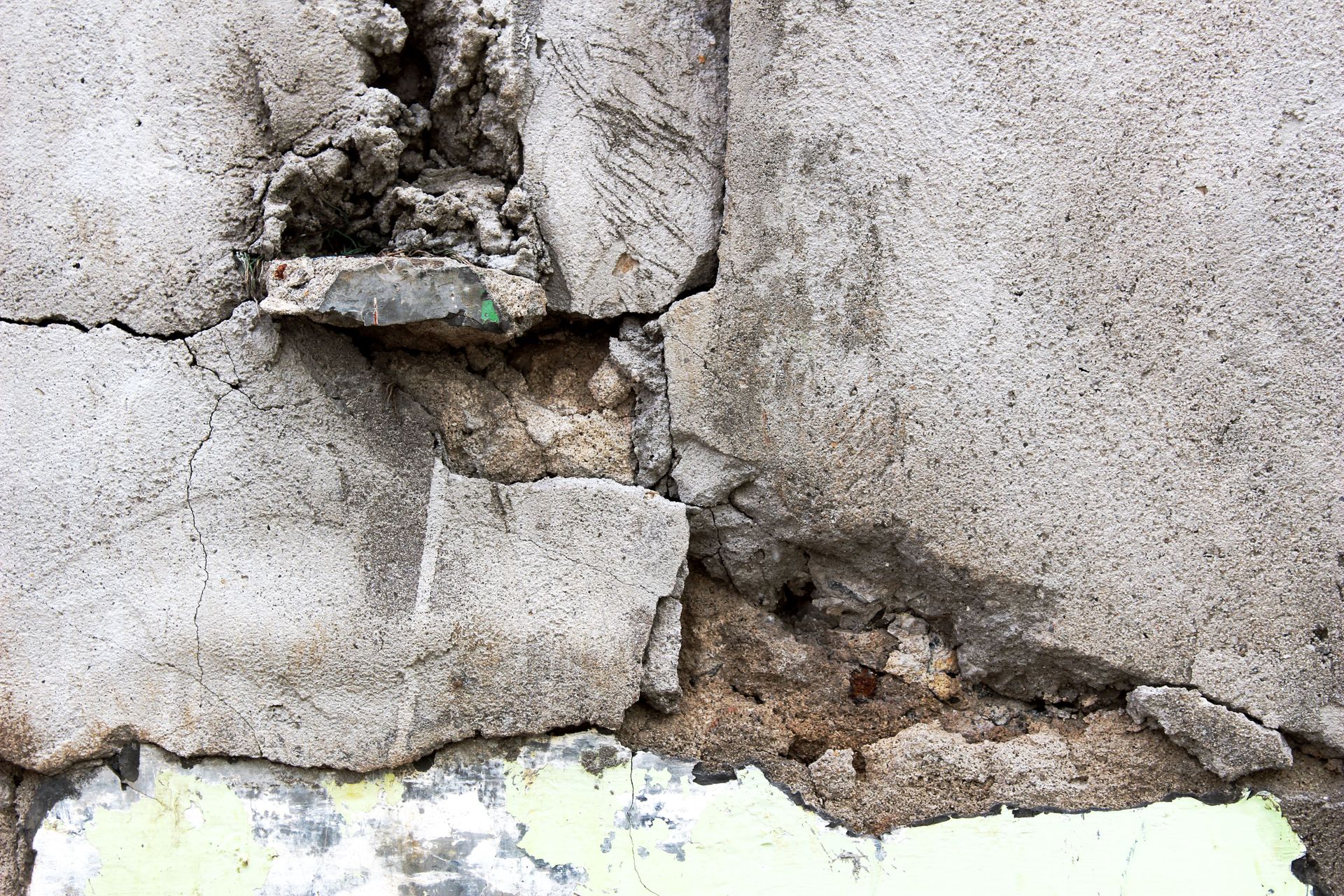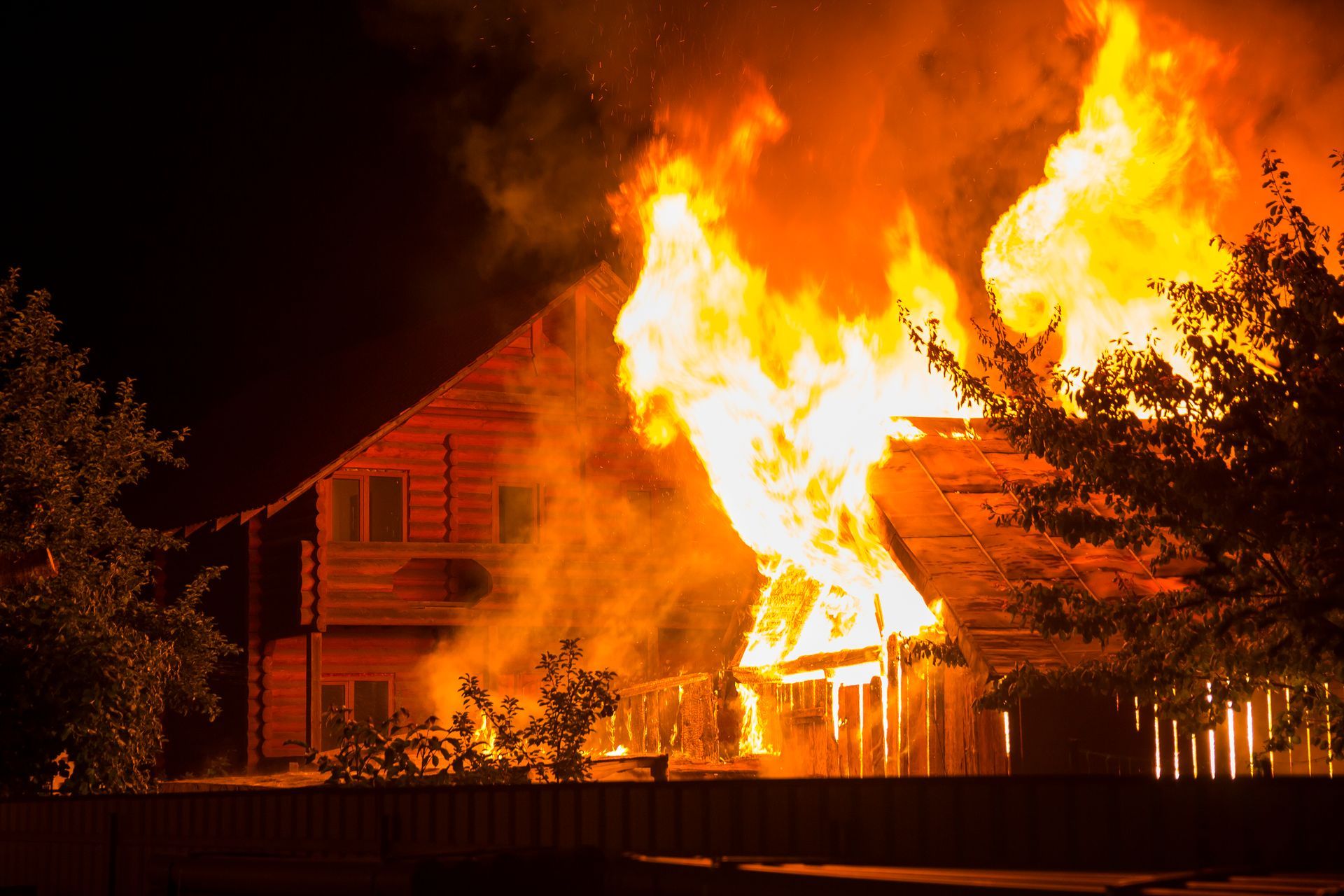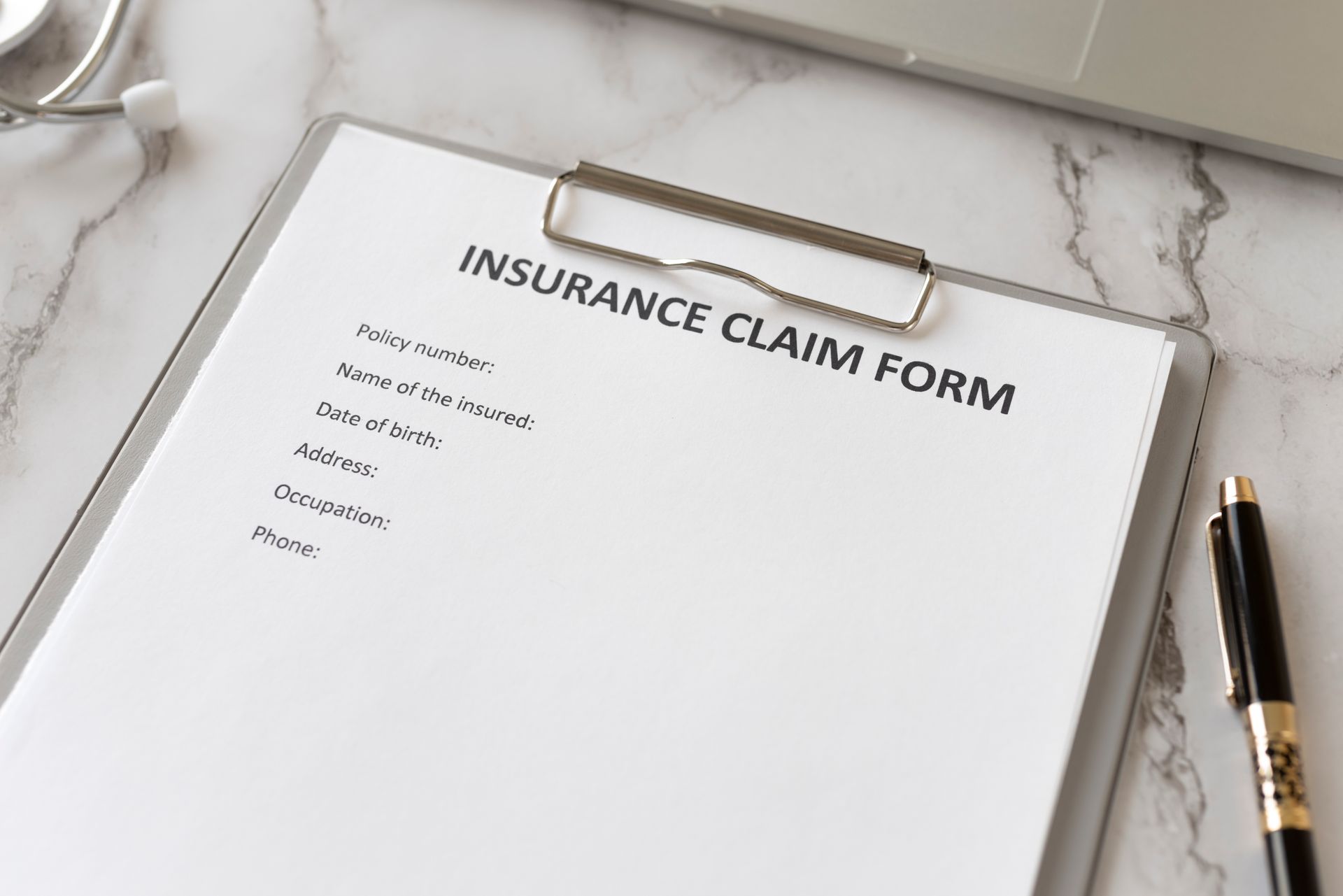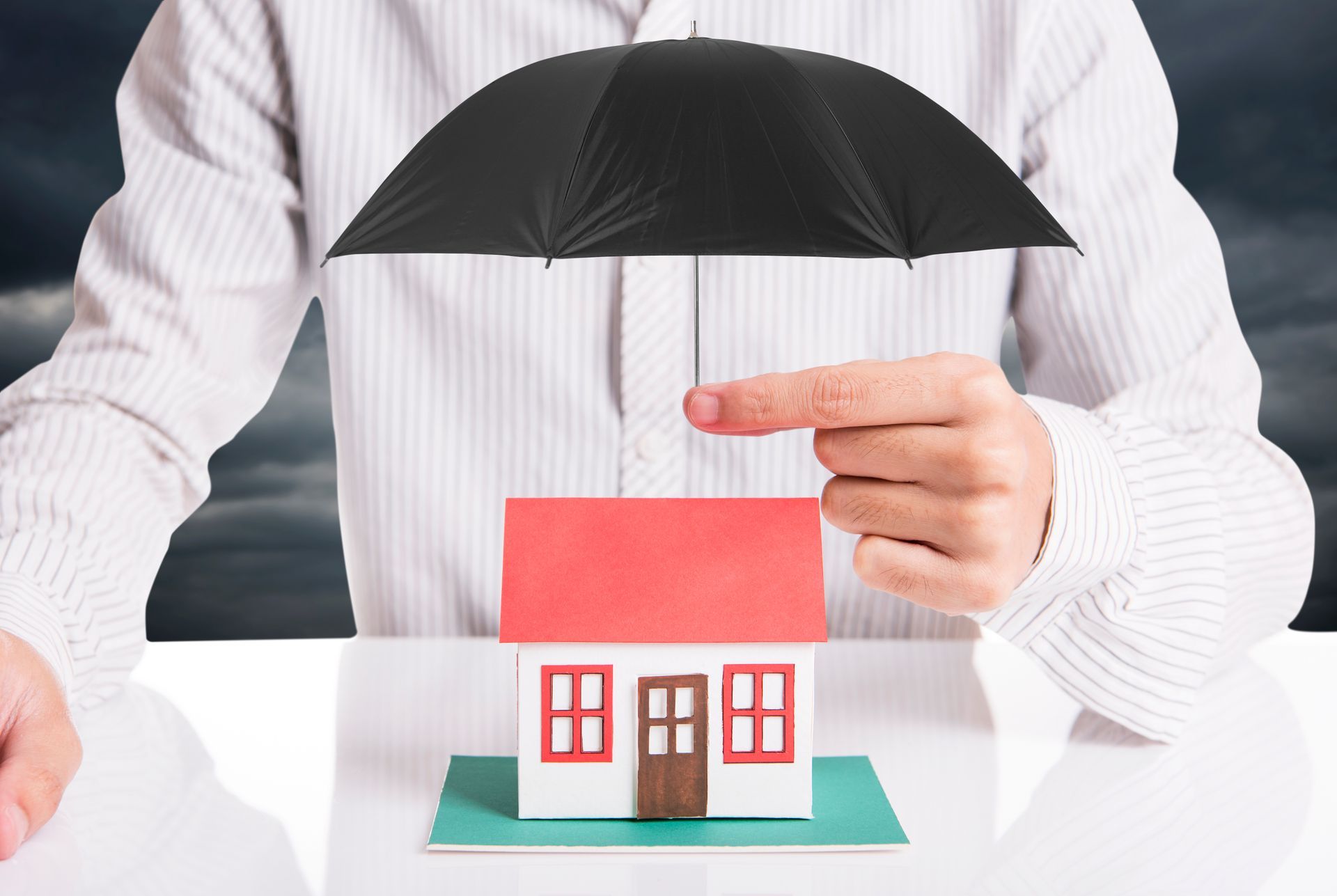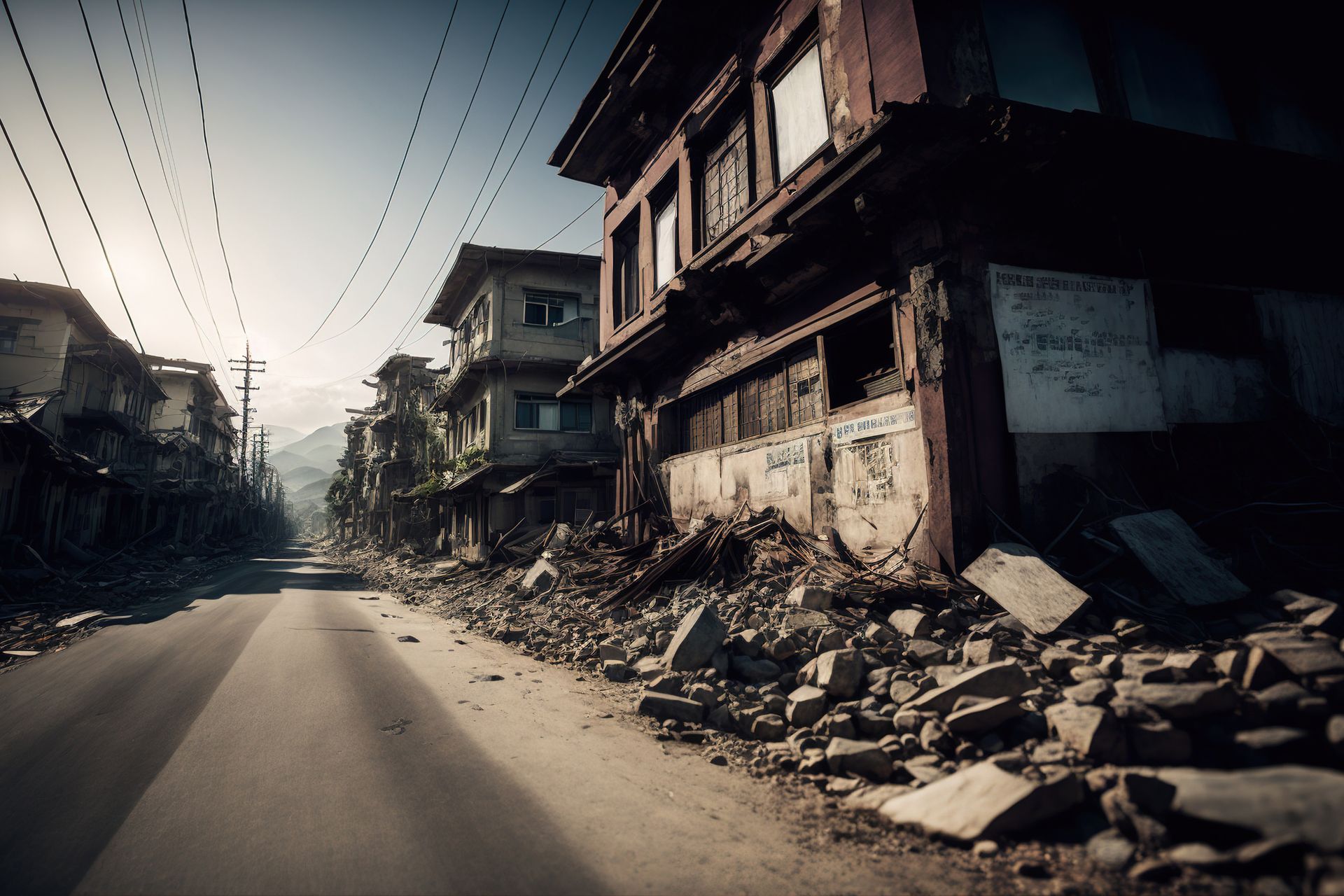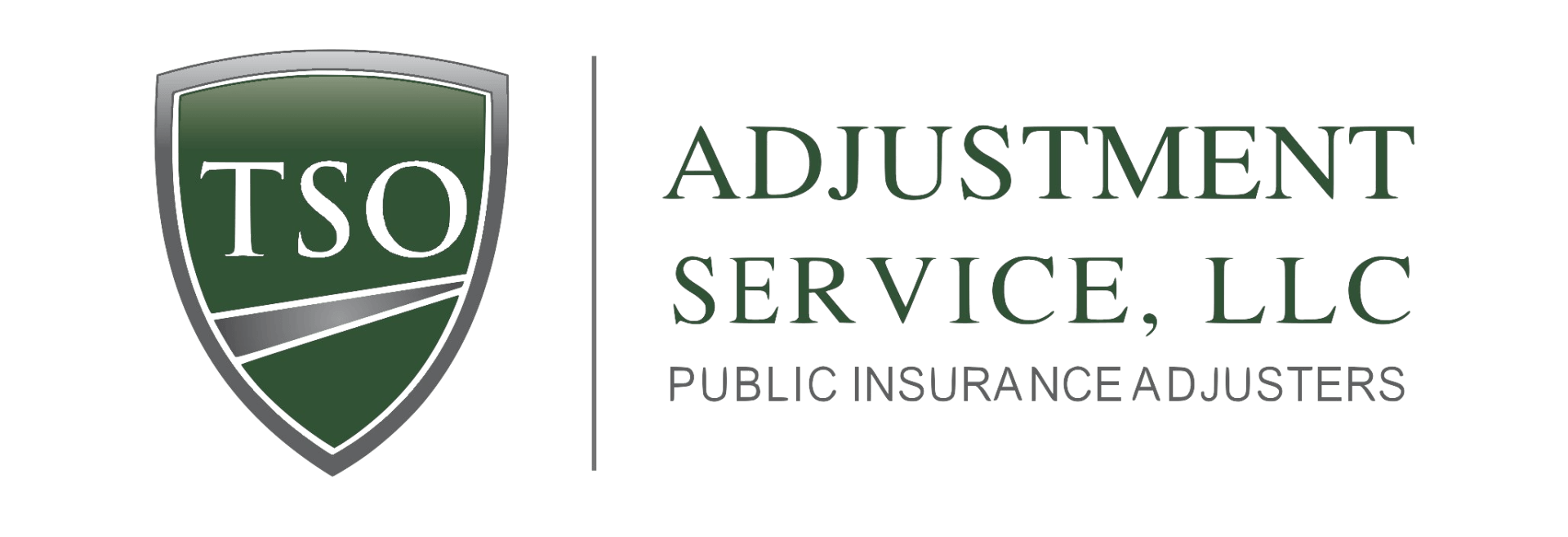The Three Types of Water Damage
Water damage claims, while common, can be complex. For this reason, it’s essential to understand what types of water damage are covered by your insurance to make sure you are adequately protected. Knowing the difference between various types of damage helps to navigate your insurance claim and start water damage restoration as early as possible.
Approaching an insurance company when you’re ‘flooded’ can come with difficulties; not only do floods have various causes, but some of them are covered while others are not. It’s essential to remember that standard homeowner insurance only covers 'sudden and accidental damage,' not flood damage as a result of 'failure to maintain property.'
Most often, insurance companies will operate by such terms as sewer backup, water overflow/discharge, and flood when reviewing an insurance claim. If you are interested in finding out the difference between these terms to know exactly when you are covered, keep reading.
Sewer Backup
Sewer backup occurs when water from your sewer lines returns to your home for various reasons. Many homeowners don't realize that they are responsible for the sewer pipes that connect their home to the sewer main. When something happens with these sewer lines, backup occurs.
Common causes of sewer backup include tree roots finding their way into the pipes, clogs forming after flushing paper towels or disposing grease through the kitchen drain, and sump pump failure. Whatever the reason for backup, the consequences can be costly and unpleasant. This situation involves dirty sewer water coming into your house, destroying your property, and even presenting health hazards.
In most cases, sewer backup damage is not automatically included in standard homeowner insurance. Those interested in coverage for sewer backup should add it by endorsement to the insurance policy.
Overflow/Discharge
In insurance terms, an overflow happens when too much water spills over a bathtub or escapes from appliances such as a dishwasher, heating, or air-conditioning. Meanwhile, discharge occurs when plumbing or appliances release water, such as when a pipe or a washing machine hose bursts.
These are the most common types of water damage included in the homeowners insurance policy. Such damage is covered in most cases when it’s sudden and accidental, excluding situations related to lack of or insufficient maintenance or wear-and-tear.
Flood
It might sound surprising, but most homeowners insurance policies do not cover flood damage in the meaning of flood as defined by the National Flood Insurance Program (NFIP). In insurance terms, flood is a “general and temporary condition of partial or complete inundation of two or more acres and two or more properties of normally dry land." Flood insurance can be bought and claimed from the NFIP.
Simply put, a flood happens when more than one property is affected. If only your house is 'flooded,' you cannot file a 'flood claim.' In the latter scenario, such a situation would be classified as overflow/discharge or a sewer backup.
Get Help in Your Insurance Claim
Managing your insurance claim can be a complex and time-consuming process. There can even be instances when your water damage insurance claim is underpaid or even denied by an insurance company.
TSO Adjustment Service has more than 25 years of experience helping Philadelphia residents navigate water damage insurance claims, saving time and money for our clients. Call us at 215-886-7440 or visit our website to find out more about how we can help you claim insurance.


